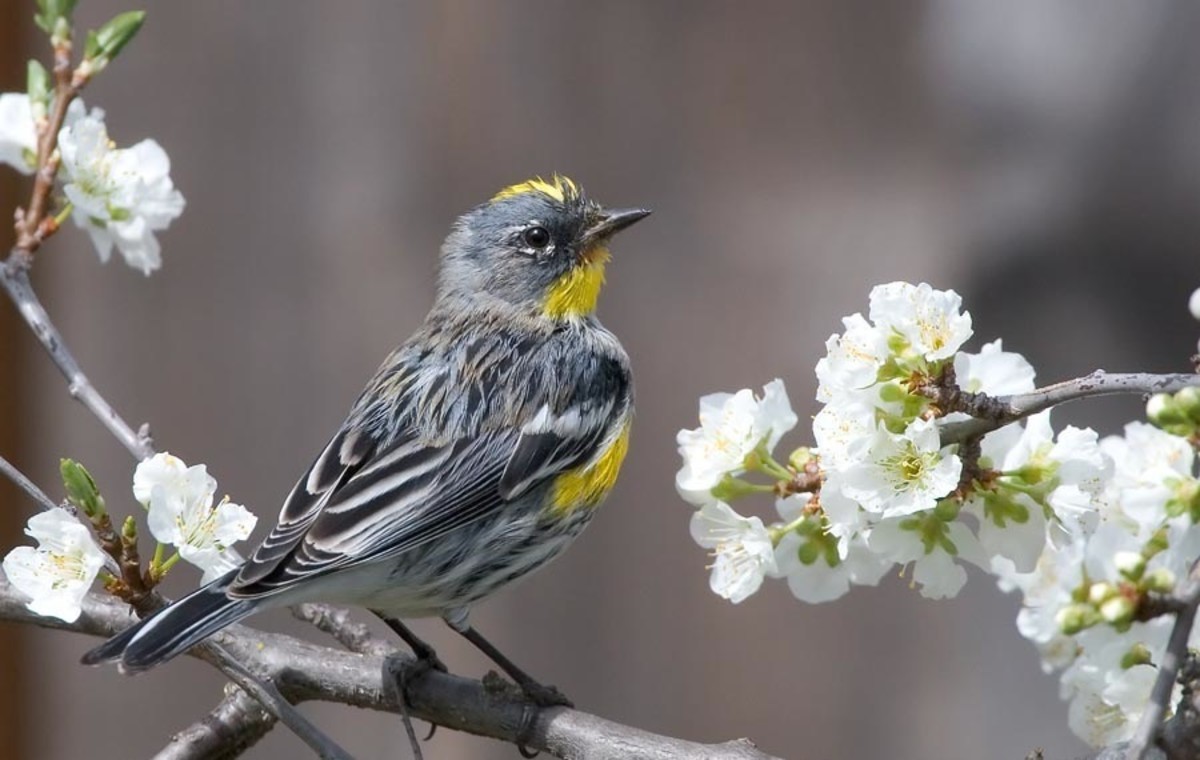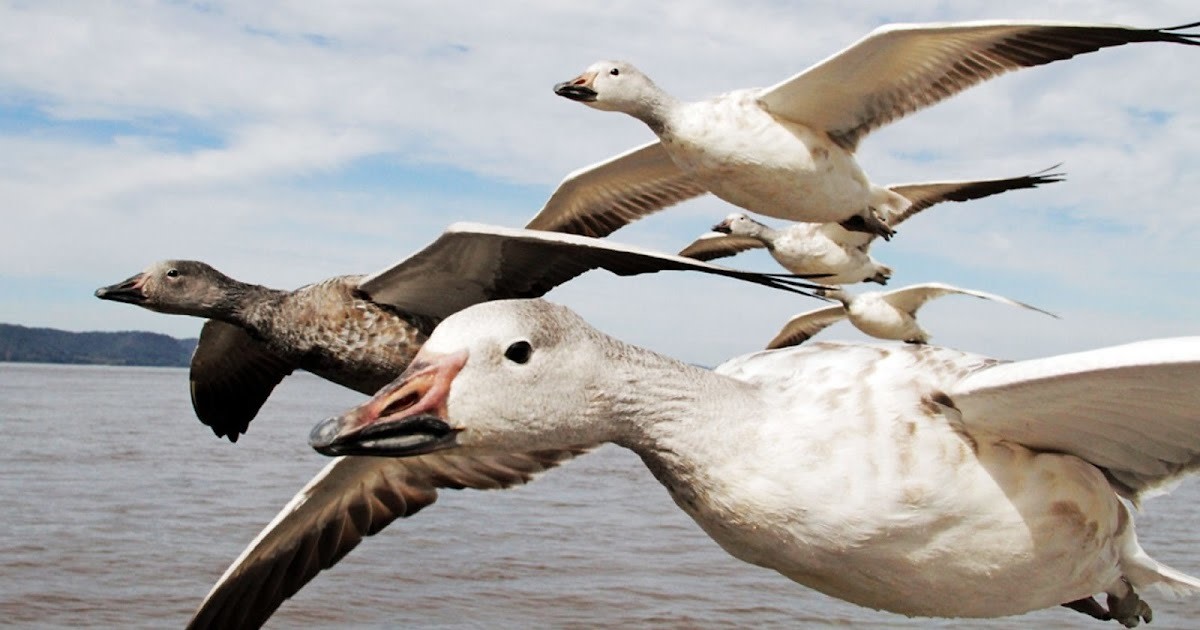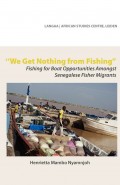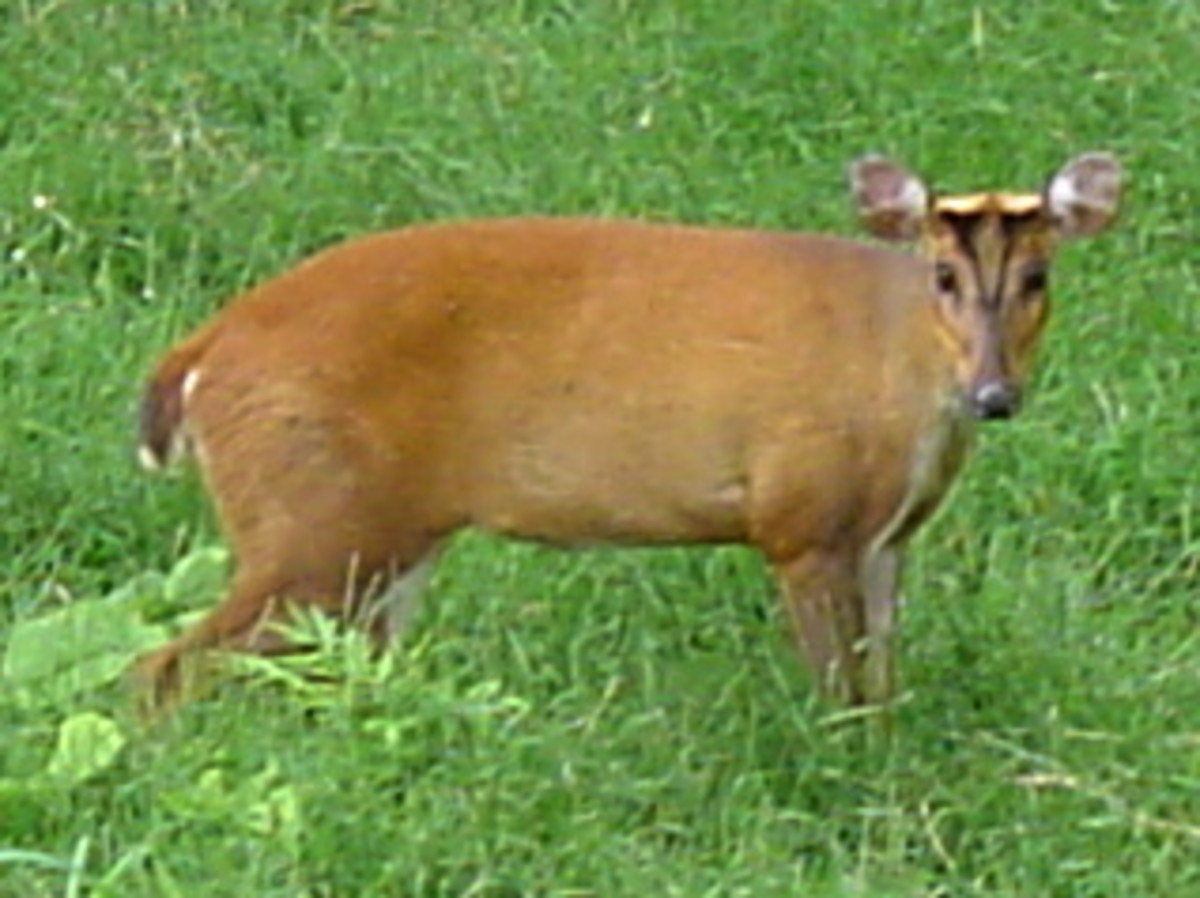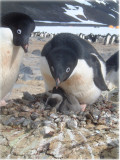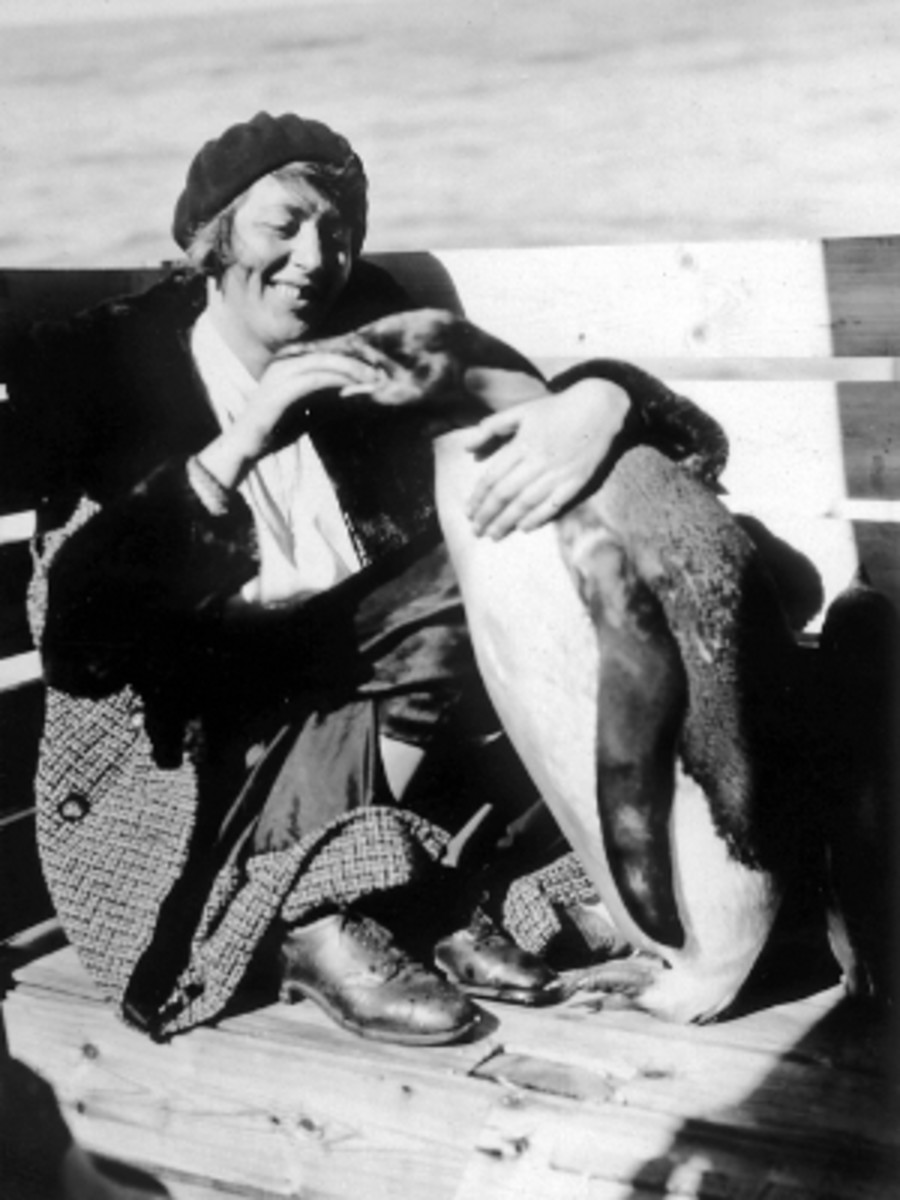An Expose in the Struggle of Songbird Populations
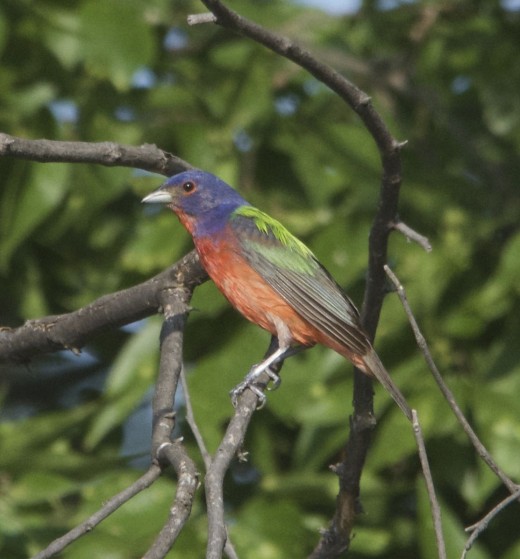
Where Do Most Birds Go in the Winter?
It would confound you to learn that neotropical migrants lead remarkable lives outside the ones that we know here in the United States. Some of them travel two thousand miles to spend the spring and summer with us, and after a grueling flight, they must hurry to find a mate, build nests, lay eggs, raise young, get them into shape to return to winter habitat, AND make that flight to their winter homes.
Then they must get their old real estate back into shape, battle food sources that could be laden with pesticides, and compete for the essentials of life, just like they did with us. However, the youngsters that returned with their parents to their tropical climes won’t have it that easy. They must settle for the scrublands that are left over, and if they are lucky, they will be able to thrive and stay healthy enough to return to us once more. Nearly half of the previous year’s crop don’t survive.
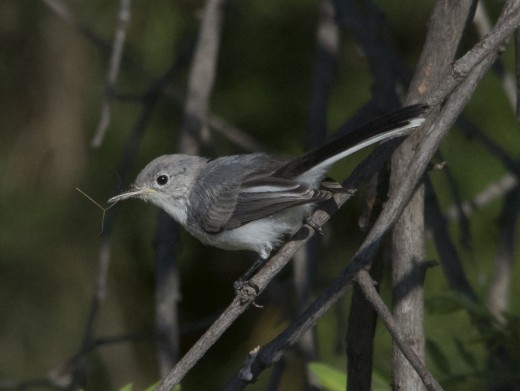
What is Migration?
To make matters worse, tropical forests and grasslands are being cleared more rapidly now than ever before to feed the world. Migrants have to pick and choose where they’ll live, and do their best to circumvent cities, farms, and great expanses of urban sprawl permeated with small fragmented forests. And that I only so they will be able to survive and return to what we call home in the US.
Migration occurs on a continental sale in April and May, then again in August and September. It isn’t just a few birds here and there, it is a raging, roiling storm, not for the faint of heart. When that physical alarm is triggered for birds, there is nothing more important, life takes on no other meaning for them, other than it is time to GO. NOW.
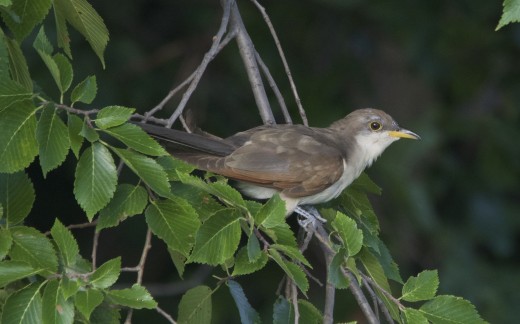
What Are Some Problems Related to Migration?
Fortunately, most of these flights for songbirds are during the night, when predators are fast asleep, with visions of the next meal dancing in their heads, and it won’t include many of these songbirds. Decades ago, during the 1950s and 1960s, double the birds that were migrating caused a real show, if one was awake during the wee hours. Not that you can’t see and hear them now, especially during a full moon, but now it is no comparison. There are less birds now than we had then.
Many elements take a toll on songbirds. With the rise in population between the 1950s and now, there are many more highrises to house these people, including where they work. Granted the Twin Towers that used to be in New York City up until 2011, are a thing of the past. These tall buildings in the dark cannot be seen by birds, who fly at fairly high altitudes at cruising speeds of approximately fifty miles per hour. If those buildings are in the path of those birds, the buildings win.
Large cities like Toronto and a few others have passed laws since then to turn off their lights at night, which draws birds to them, the proverbial, “light at the end of the tunnel.” Birds still die as a result of what is in their paths, but things are slowly improving. The more buildings that have their lights off during the times of spring and fall migrations, the more birds will survive.
Were You Aware of the Plight of Songbirds?
Gulf of Mexico Oil Platforms
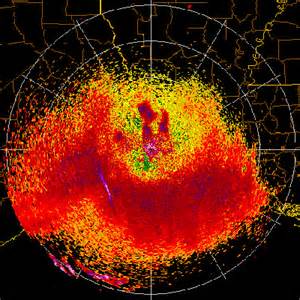
A Storm of Angels
Fallouts around the Gulf of Mexico, in the area of Texas and Louisiana, can intensify a birder’s experience. If a storm, or a low pressure system hits while birds are in transit and over the six hundred mile expanse of water, it can be extremely dangerous to their lives. Either it can push them onto land or they could be lucky enough to ride out a storm on an oil platform. There are thousands of these oil rig platforms, both manned and unmanned. It is a slim chance that birds will make it to the safety of these small oases, but it does happen. Then when the weather clears, they can either make it to the coast, or if they have enough fat reserves, they can make it twenty or thirty miles inland where there chances are much greater for quiet cover and large amounts of food resources.
This inevitable storm of birds will be missed by so many that don’t even realize that it occurs twice a year. Serious birders call this time a storm of angels, and it was seen on the old radar blips back in the 1940s, even during World War II, as an unexplained mystery. For the past ten years or thereabouts, this radar has been made available to ornithologists in order to track birds, entomologists so they can track hordes of beetles, locusts, and grasshoppers, and for those of us so inclined, around sunset and throughout the night, the radar screens will show millions of birds enroute to their spring and summer residences. Every night for approximately two weeks, as the first wave of birds leave in order to head north or south, they will be replaced by another wonderful, and breathtaking scene filled with more winged jewels.
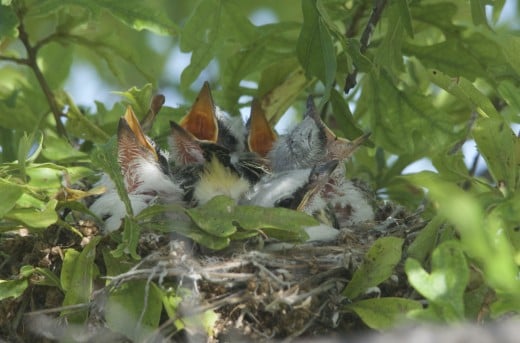
Solutions Are Needed
No matter where they all live, so many of the same hazards plague them, be it global warming due to breaches in the ozone layer, the pesticides sprayed on crops from the United States through South America, or the millions of feral cats just waiting to grab a weak bird to hone its hunting skills, not necessarily feed itself. The cat populations grow every year and require mandatory trap, neuter, spay and release programs.
The protein snacks that birds partake in on those farms that have been sprayed with pesticides risk not only death, but even worse, a life filled with neurological difficulties. They are not fit to breed in this condition, so bird populations suffer right from the start.
Realistically, dead birds should be replaced by new life. The Christmas Bird Count and other census data are showing very serious declines. Couple that with cowbird parasitism, lack of habitat, and it shows itself in species like warblers, thrushes, bobolinks, and meadowlarks, just to name a few.
Remember that once our birds are gone, life is literally over, and that is not said in jest. Plants need to be pollinated, and leaf-eating and –destroying insects, as well as seed-eating insects require control measures, which is one of the primary purposes of the avian world in a delicate, natural balance. This is nothing new, as it has been occurring for millenia, and we continue to clear cut forests, plow under grasslands, enlarge our cities, and dump millions of pounds of pesticides on land just to make apples look pretty. Remember how they paved paradise and put up a parking lot?
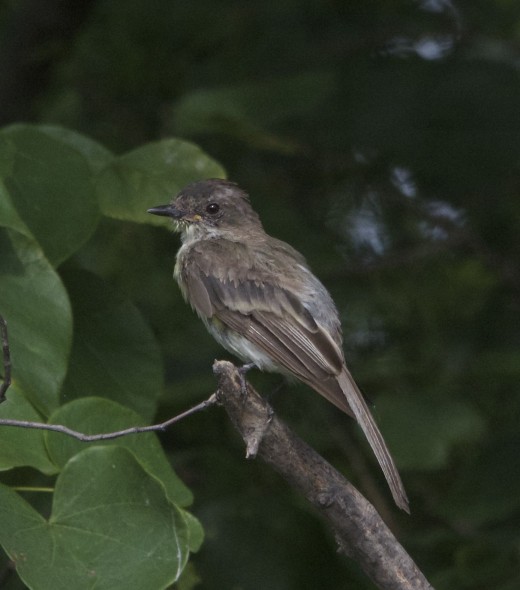
Young Songbirds Have Great Challenges
Then to make matters even worse, when birds raise their respective families, some of them up to three clutches in a season due to appropriate weather, they have to hurry up to get them healthy enough to fly to the parents’ homes, some a thousand miles away or more. The adults usually leave the breeding grounds in the United States first in the fall, as they are the first to arrive, and their biological clocks tell them to do so. When the parents arrive at their wintering destination, and get settled in prime areas with good shelter and plenty of food, the youngsters have to take what is left over.
Those wanderers, or unsettled replacements, were there for the first time, so they have trouble getting a territory. If scrub habitat, which is the lowest of the low for most birds, is full, then their survival rate will be very low. This is another contributing factor on why only half of the young birds survive migrations. Birds get stressed, which will show in physical ways, especially through the blood. If they are constantly short of food, harassed by older birds, have no real place to live, and are constantly under threat of predation, they will not thrive. Where a bird spends its time in the tropics will have a definite effect on its food supply and body condition, as well as its ability to migrate and breed.
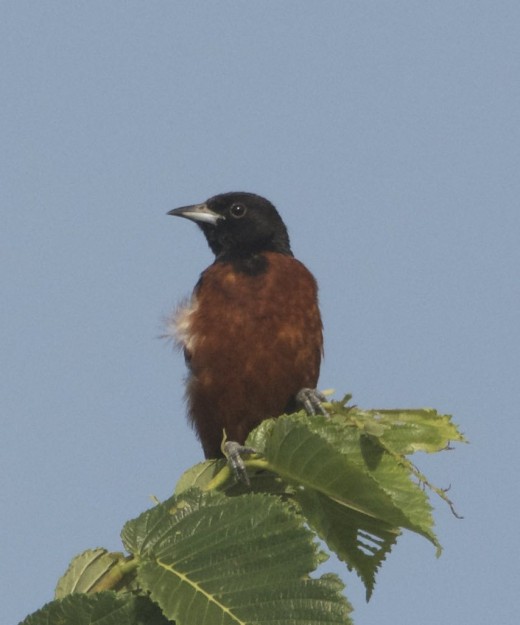
Birds Provide Ecological Balance
Surprisingly, a number of southern migrants will switch from a summer diet of insects and other protein to a winter diet of fruit, which includes our Eastern Kingbird and several vireos. These birds play a very large part on seed dispersal in the tropical ecosystems, and can reseed a patch where a tree is nearly extinct.
Fruit eaters help heal degraded forest land due to seed dispersal, and do a much better job than humans. Where they perch is where they will drop much needed seeds. The service is also ecologically better and cheaper than waiting for nursery stock. Most plants and trees use birds as active pollinators, especially hummingbirds and orioles.
Again, birds are perfect in the tropics for leaf eating insects, especially for fruit and coffee plantings. During the wet season, when insects are at their highest numbers, it is a win-win situation for the birds, the crops, and the cash flow for the small farmer. The best thing that you can do to help sustain birds is to purchase shade grown coffee for these very reasons, and keep our neotropical migrants in the proper habitat, for everyone’s sake.
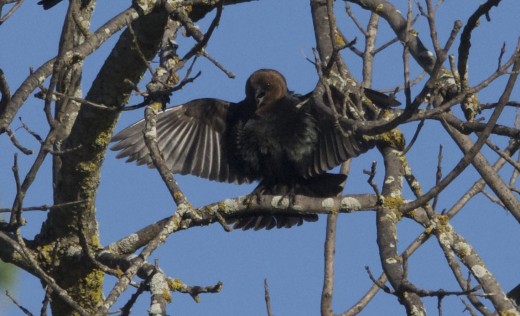
Cowbird Parasitism
Birds have enough trouble trying to keep themselves and their nestlings secure from predators without cowbird parasitism on top of that. I was aware of four pairs in my own area that fluctuated between a couple of fragmented riparian forests. Cowbirds, another neotropical migrant, don’t have their own nests and young, dropping their eggs in the nests of some birds that are completely unsuspecting. The young cowbirds wear parents ragged constantly calling for food and the natural nestlings die due to lack of food. Some birds end up with one of their own nestlings and a cowbird, instead of the three or four that they could have had. They have invaded all but the largest tracts of forests and parasitize more than a hundred species. They try to be near agricultural areas where they can eat plentiful supplies of grains and seeds. Have they contributed to the loss of birds? They have to some degree, especially with Ovenbirds and Wood Thrush, but humanity is by far the worst parasite in birds’ struggle for life.
Get to Know Songbirds
Education is the Key to Life
Fortunately, with a lot of press about birds losing their numbers, poaching, and illegal hunting coming to the forefront, people are becoming more educated on the problems of birds. Many activists are working hard with petitions, and organizations such as Audubon, the Cornell Lab of Ornithology and the Nature Conservancy are helping to get information out to the public at large.
For those of you that have gotten on the bandwagon, thanks are heartfelt. Save a bird today!


